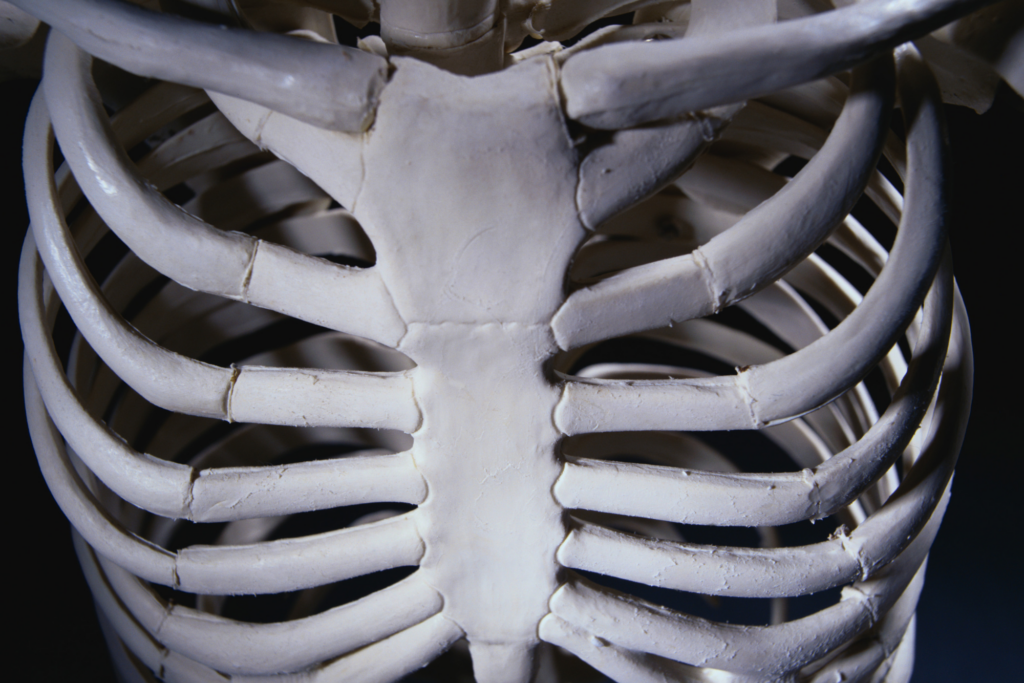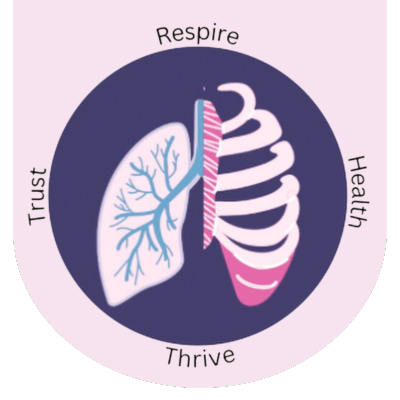
A rib fracture, often caused by chest trauma, can have serious implications if left untreated. In this comprehensive guide, we will delve into different aspects of rib fractures, including their types, causes, symptoms, diagnosis, treatment, and preventive measures. Our goal is to provide you with a well-rounded understanding of rib fractures and their management.
What Is a Rib Fracture?
A rib fracture refers to a crack or break in one of the bones within the rib cage. The rib cage consists of 12 pairs of ribs, each connected to the sternum by cartilage. Despite the ribs’ naturally curved design, rib fractures can occur due to chest trauma. Since the ribs play a crucial role in protecting the chest organs and facilitating breathing, untreated rib fractures can lead to severe complications.
Types of Rib Fractures
Rib fractures can vary in severity and presentation:
Displaced Rib Fractures
In these cases, ribs break completely in half and may shift out of place, potentially leading to complications like punctured lungs.
Nondisplaced Rib Fractures
When a rib fracture remains in its original position, it is generally less severe.
Simple Rib Fractures
Also known as hairline fractures, simple fractures affect a single rib and are typically nondisplaced.
Complex Rib Fractures
Complex fractures involve multiple ribs and often result in displacement, posing a higher degree of severity.
Flail Chest
Flail chest occurs when multiple adjacent ribs break in multiple places, causing part of the chest wall to separate from the rest of the ribs. This condition results in breathing difficulties and uneven chest movement.
Complications of Untreated Rib Fractures
Untreated rib fractures can lead to various complications, including:
Punctured lungs
Collapsed lungs (pneumothorax)
Pulmonary contusions
Ruptures in major blood vessels
Injury to the spleen, liver, or kidneys
The trauma that causes rib fractures may also result in other bodily injuries, underscoring the importance of seeking prompt medical attention.
Causes of Rib Fractures
The most common cause of rib fractures is chest trauma, often resulting from car accidents, falls, impact with hard objects, or sports-related accidents. Additionally, underlying medical conditions like osteoporosis or cancerous lesions in the ribs can increase the risk of rib fractures.
Symptoms of Rib Fractures
Rib fractures typically manifest with symptoms such as:
Pain in the affected area, exacerbated by movement, deep breaths, or pressure.
Audible crunching or grinding sounds during movement.
Muscle spasms in the chest.
Breathing difficulties.
Deformed appearance of the ribcage.
When to See a Doctor
Seek medical attention if you experience the aforementioned symptoms after rib trauma, even if they are mild. Emergency treatment may be necessary if you also encounter symptoms like fever, abdominal pain, dizziness, coughing with blood or mucus, or worsening breathing difficulties.
Investigation
Diagnosing rib fractures often involves medical imaging techniques, such as:
Chest X-Rays: These can reveal both displaced and nondisplaced fractures, as well as related issues like pneumothorax. However, hairline fractures may not always appear on X-rays, necessitating other diagnostic imaging.
CT Scans with 3D Reconstruction: CT scans are more sensitive than X-rays and provide clearer diagnoses. They can also detect soft tissue or organ damage. 3D reconstruction aids in planning surgery for severe rib fractures.
Treatments
Medication/Painkillers
Most rib fractures heal on their own with rest, but pain can be managed with medications like ibuprofen or naproxen.
Rib Fixation Surgery
Surgical intervention is required for displaced fractures, complex cases, flail chest, and other chest complications. Rib fixation surgery involves using metal plates and screws to stabilize the ribs, facilitating proper healing and breathing. Recovery typically takes about 3 weeks with physiotherapy.
Conclusion
In conclusion, rib fractures, while often healing naturally, must be treated promptly to prevent complications. Seek medical attention if you suspect a rib fracture, and ensure that you are not suffering from other injuries. To reduce the risk of rib fractures, consider protective measures during activities that could lead to chest trauma and maintain healthy bone strength through a balanced diet and lifestyle choices.
Understanding rib fractures is crucial for prompt diagnosis and treatment. By following these guidelines, you can ensure your ribcage’s health and minimize the potential consequences of chest trauma. If you suspect a rib fracture, do not hesitate to seek medical help for proper care and recovery. Your ribs play a vital role in protecting your vital organs, and their well-being is paramount.
Treatments
Inhalesexhales.clinic@gmail.com
drrajkamalvishnu@gmail.com
Inhales Exhales Clinic
No 41 , 1st Main Road, Jawahar Nagar, Chennai 600082
